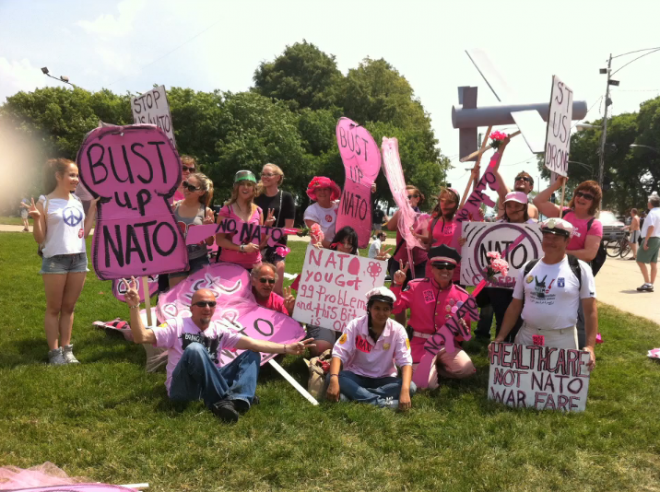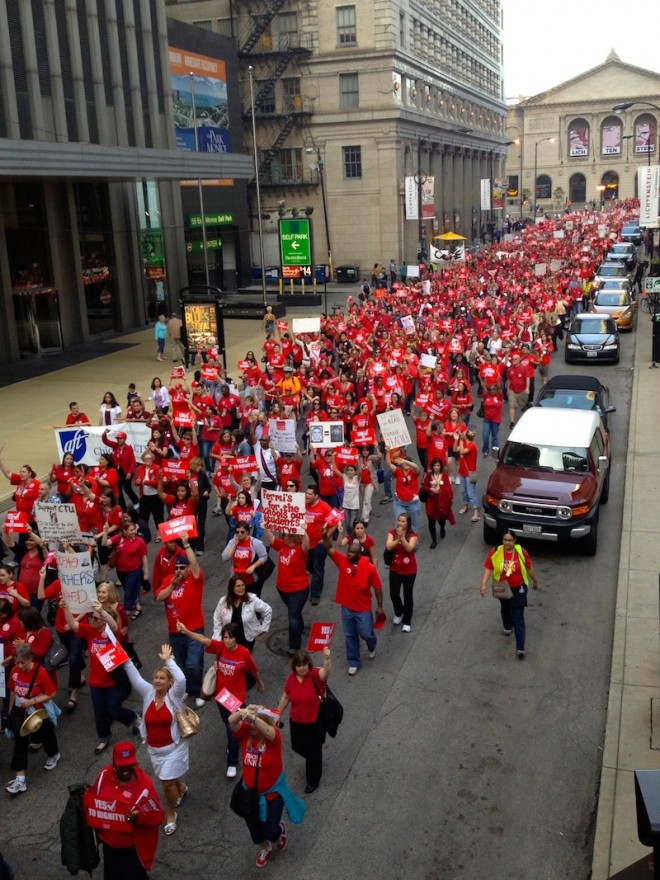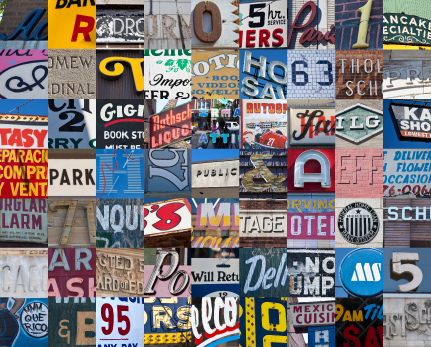
International representatives from the 28 member countries of The North Atlantic Treaty Organization as well as from the partnership countries gathered in Chicago for summit May 20 to 21. Political activist and concerned citizens from across the nation gathered in Chicago to express their dissent. Demonstrations, some permitted, some impromptu, began several days leading up to the NATO summit. The focal event was a march on Sunday May 20. It began at Petrillo Bandshell in Grant Park and it officially ended at the intersection of 21 St. and Michigan Ave., near McCormick Place where the NATO conference was held.
Michigan Ave. was congested with several thousand protesters as well as curious observers. American war veterans marched at the front of the procession and concluded by throwing away their military medals one by one and speaking out against the brutality that they had participated in or witnessed.
5 p.m. marked the expiration of the permit. This permit came after months of negotiations between Rahm Emanuel’s administration and The Coalition Against NATO & G8. Demonstrators were ordered to leave the area. However, exit instructions were unclear and some protestors willingly chose to stay. Police proceeded to use pressure tactics, which included verbal threats, tear gas, physical violence, and kettling – constraining the space around a crowd of people. A standoff of patience and will-power between police and protestors continued for several hours as a less numerous group of activists continued, despite many police interruptions, to march to the gates of McCormick Place.
Demonstrators regrouped in the loop Sunday evening and began an impromptu march. At a fast pace, they wound through the streets of the downtown area, changing course frequently due to police barricades and sudden spurts of police aggression. Nonetheless, the mood was lively and anti-capitalist rhymes, many popularized by the international Occupy movement, rang loud through the crowd. The march came to a halt in front of the Art Institute of Chicago, where, at that moment, the spouses of the NATO delegates were enjoying an evening hosted by Michelle Obama. Despite the rain, protestors occupied the intersection of Adams St. and Michigan Ave. late into the night, singing, dancing, and demanding to be heard by those in the museum.
Demonstrations picked up again Monday morning. Occupy Chicago organized a march from Union Park to the Boeing Chicago headquarters, 100 North Riverside Plaza. It was followed by speeches and performances condemning the American multinational aerospace and defense corporation. In addition, later in the day there was a sit-in on East Randolph St. and a march through the south Loop for prisoner and immigrant rights.
Protests against the 2012 Chicago NATO summit brought together a demographically diverse collection of people representing a variety of political, environmental, and social issues. Such issues include student debt, climate change, austerity measures, anti-union policies, domestic policy, and global malnutrition. Demonstrators were criticized by the media and verbally confronted by individuals on the street because the protests did not focus solely on the intergovernmental military alliance.
When observed as a whole, the multiplicity of protesters’ demands leaves many with the impression of ignorance and disorganization in the contemporary activist community. However, representatives from the various organizations present at the anti-NATO demonstrations argued that all the issues are connected by economics. A decrease in military spending and a reverse in profits feeding the military industrial complex would lead to more available funding for other areas of spending, such as health care and education, and less corruption.
Furthermore, political organizers see great potential in events that draw people in from across the country and generate media coverage. Large-scale actions such as the ones seen during the weekend of May 20 boost moral and promote communication between different activist groups.







